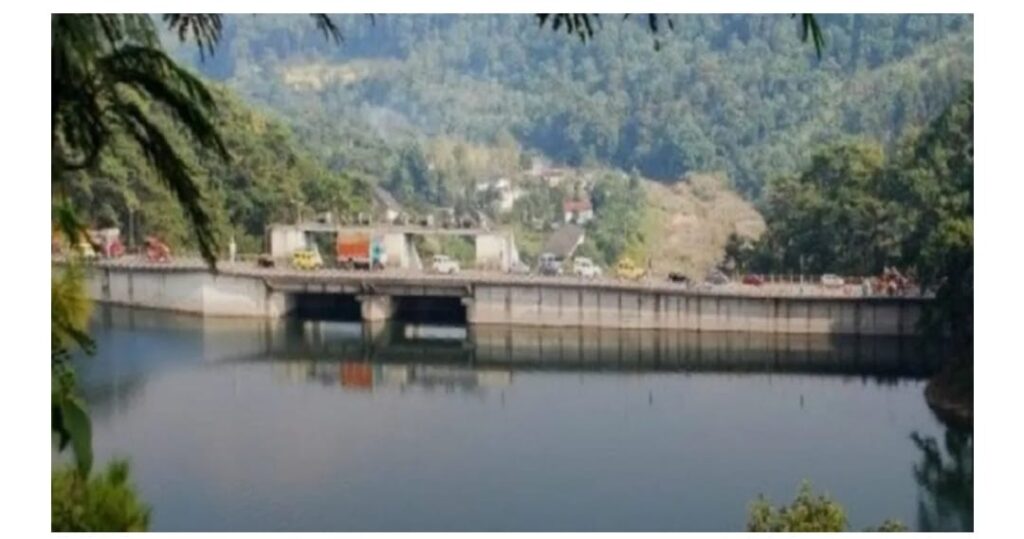Introduction:
Shillong, the capital city of Meghalaya in Northeast India, known for its enchanting beauty and lush landscapes, is currently grappling with a severe crisis that threatens its once-pristine rivers. The region’s natural water bodies are facing a relentless assault from encroachment and pollution, posing a grave threat to their ecological health and the well-being of local communities. As the double blow of encroachment and pollution looms large, urgent action is needed to safeguard these invaluable resources and preserve the rich biodiversity they support.
Encroachment: A Menace to Shillong’s Rivers
The serene riverbanks that once served as havens of biodiversity are now succumbing to encroachment, driven by various factors. Urbanization, agricultural expansion, and unchecked infrastructure development have gradually eroded the natural buffer zones along the rivers. As a result, delicate riparian habitats are being destroyed, disrupting the fragile balance of the ecosystem. The encroachment not only diminishes the aesthetic appeal of the rivers but also exposes communities residing nearby to increased flood risks during the monsoon season.
Pollution Crisis: Tainting the Pristine Waters
In addition to encroachment, the pollution crisis has taken an alarming toll on Shillong’s rivers. Industrial waste, agricultural runoff, improper waste disposal, and unregulated mining practices have contributed to the contamination of these once-pristine water bodies. The pollutants have permeated the waters, rendering them unfit for human consumption and posing a grave threat to aquatic life. The ecological balance is disrupted, leading to the decline of vital fish populations and other aquatic species that are integral to the river’s health and biodiversity.
Consequences: Impacts on Ecosystems and Communities
The consequences of encroachment and pollution are far-reaching, impacting both the natural environment and the communities that depend on these rivers. The loss of biodiversity disrupts the delicate ecological web and threatens the long-term sustainability of the region. The livelihoods of local communities, who rely on the rivers for drinking water, agriculture, and fishing, are also under threat. As the rivers degrade, so does the overall quality of life for those residing in close proximity, exacerbating social and economic challenges.
Fighting Back: Collaboration and Solutions
Recognizing the urgency of the situation, concerted efforts are underway to combat the encroachment and pollution crisis in Shillong’s rivers. Government authorities, environmental organizations, and local communities are joining forces to enforce stricter regulations, promote sustainable land use practices, and raise awareness about the importance of preserving these invaluable water bodies. Investing in adequate infrastructure, such as wastewater treatment plants and waste management systems, is crucial to mitigate pollution. Comprehensive policies and sustainable development practices must be implemented to protect and restore the ecological balance of the rivers.
Conclusion:
The battle to save Shillong’s pristine rivers from encroachment and pollution is a race against time. The importance of these water bodies cannot be overstated—they are the lifeblood of the region’s ecosystems and the foundation of local communities. By taking immediate and decisive action, we can ensure that the rivers once again flow with crystal-clear waters, supporting rich biodiversity and providing clean resources for generations to come. It is the responsibility of all stakeholders to work hand in hand, leaving no stone unturned in the pursuit of preserving these invaluable natural treasures.


